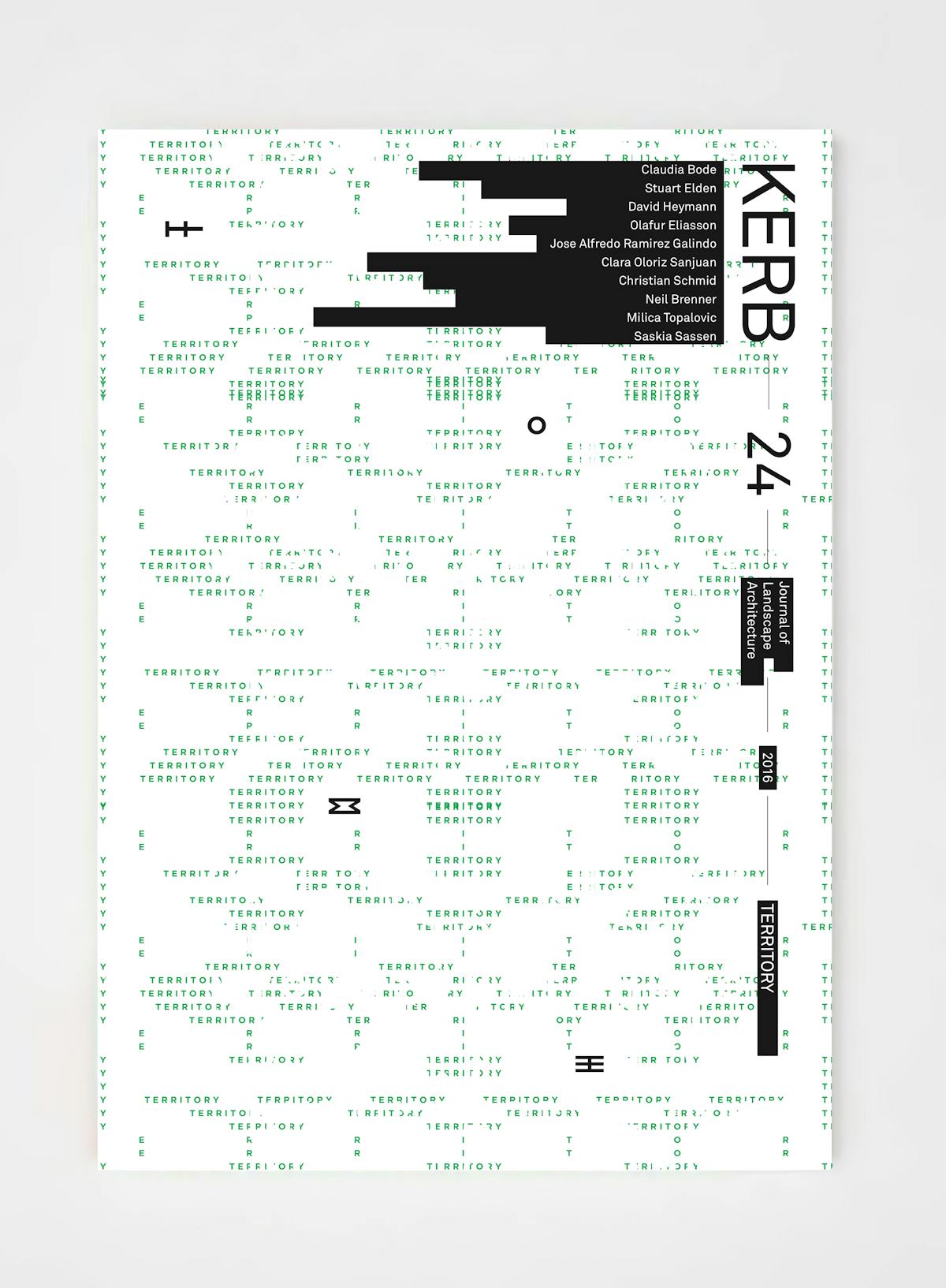Today, urbanisation has become planetary. The boundaries of the urban have been exploded to encompass vast territories far beyond the limits of even the largest megacity regions. Meanwhile, novel patterns of urbanisation are crystallising, which challenge inherited conceptions of the urban as a bounded, universal settlement type.
Cartographies of Planetary Urbanisation is an exhibition proposing a radical rethinking of inherited cartographies of the urban. The popular claim that we now live in an ‘urban age’ because the majority of the world’s population live in ‘cities’, is a deeply misleading basis for understanding the contemporary ‘urban revolution’, theorised by Henri Lefebvre. Cities are not isolated manifestations or universally replicated expressions of the urban condition, but are embedded within wider, territorially uneven and restlessly evolving processes of urbanisation at all spatial scales. Encompassing both built and unbuilt spaces, across earth, water, sea and atmosphere.

ArcticThe strategic/speculative space of the Arctic: oil fields, projected oil reserves, pipelines and shipping routes. Map Credits: Grga Basic & Urban Theory Lab
In this exhibit, shown at the 2015 Shenzhen Biennale of Architecture/ Urbanism: Radical Urbanism, interdisciplinary research teams from the ETH Zürich, ETH Future Cities Laboratory Singapore and the Urban Theory Lab at the Harvard Graduate School of Design, presented new frameworks for understanding and representing contemporary forms of urbanisation through three interrelated lines of inquiry:
- Comparative analysis of the urbanisation processes that have transformed Tokyo, Hong Kong/ Shenzhen/Dongguan, Kolkata, Istanbul, Lagos, Paris, Mexico City and Los Angeles. We explode the singular notion of the city to explore, in comparative perspective, differing patterns and pathways of urbanisation in some of the world’s most dynamically changing urban territories.
- The extension and thickening of the urban fabric in some of the planet’s supposedly most ‘remote’ or ‘wild’ zones the Amazon, the Arctic, the Gobi desert, the Himalayas, the Sahara, Siberia, the Pacific Ocean and the earth’s atmosphere. Even these sparsely populated areas are today experiencing a massive intensification of land use, the construction of new connectivity infrastructures, and accelerated socioenvironmental transformation to support the world’s major population centres.
- The transnational hinterland archipelago that supports urbanisation in Singapore, one of the world’s most globally networked agglomerations. In contrast to standard representations of cities as self-propelled economic powerhouses, we track the wide-ranging flows of food, water, energy, sand and labor-power that support this growing, globally strategic urban centre. Instead of the city-state, we propose the cross- border metropolitan region as the new urban paradigm for Singapore.
The exhibition highlights the interplay between the search for new theoretical concepts, territorially grounded studies of specific patterns and pathways of urbanisation, and the use of cartography to decipher new geographies of urbanisation for which we currently lack an adequate analytical or representational vocabulary.

Metropolitan Processes: Hong Kong, Shenzhen, Dongguan The Eastern side of the Pearl River. The delta can be characterised as a multiscalar, polycentric and cross-border metropolitan area. This territory has emerged from the dialectics of fixity and motion that has triggered the leapfrogging urbanisation of South China. Map Credits: Tammy Kit Ping Wong & Philippe Rekacewicz
The last two decades have seen a sharp increase in the speed, scale and scope of urbanisation that has fundamentally changed the character of urban areas. Transcending physical borders, political jurisdictions and social spheres, urbanisation has become a planetary phenomenon. Urban forms associated with relatively stable human settlement spaces — often represented as dots on a rural background — are superseded by increasingly heterogeneous, complex and polymorphous urban regions. This diversification of urban forms has important implications for urban planning and design. It demands a comparative and synoptic approach that can both grasp the processes of planetary urbanisation and remain sensitive to the diversifying local manifestations. A new vocabulary of urbanisation is required to help us decipher the rapidly mutating landscapes of urbanisation that are today being produced across the planet.

Metropolitan Processes: Los Angeles is famous for its polycentrism as well as for its never-ending sprawl. In this map we have brought a semblance of order to a city that many have considered immanently illegible. Map Credits: Ozan Karaman, Christian Schmid, Rob Sullivan & Philippe Rekacewicz
By analysing and comparing eight large metropolitan areas, this research project elaborates the processes of urbanisation to explain how general tendencies are materialised in specific places. We analysed the urbanisation processes in the individual metropolitan regions on the ground, and brought them conceptually into conversation with each other. With a multidimensional methodological design that combines a wide variety of sources and procedures we generated a series of maps that show the main urban configurations for each city. In a next step we compared these maps and identified a range of urbanisation processes that are emerging in several of these urban regions. The particular processes to be compared and the categories of comparison themselves were not pre-determined. This comparative procedure enabled us to group together specific processes that have a number of common features and dynamics, and to develop a set of comparative categories of contemporary urbanisation. It finally allows us to systematically analyse the diversity of responses to many of the common challenges posed by contemporary urbanisation, such as urban sprawl, the commodification of space, socio-spatial segregation, housing for the poor, renewal of old housing stock, and the development of urban differences in terms of their effectiveness, their unintended consequences, and their ramifications for the quality of everyday urban life.

Cartographic Performance: Philippe Rekacewicz, French cartographer, geographer and journalist, together with project participants and the audience, made a cartographic performance using the blackboard “maps:” and “globes” mounted on the facade of the exhibition rotunda. Exhibition Photography: Bas Princen
